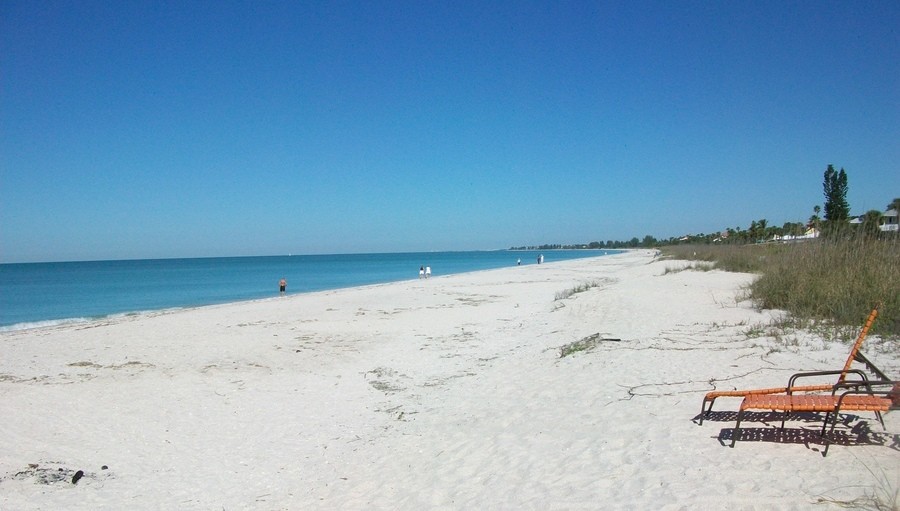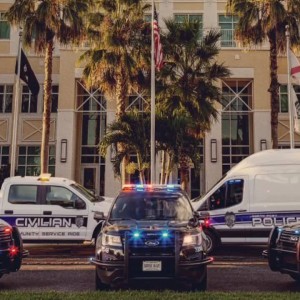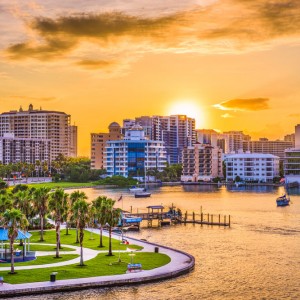Bobby Jones Home to Memories
Letters
SRQ DAILY FRESHLY SQUEEZED CONTENT EVERY MORNING
TUESDAY DEC 11, 2018 |
BY RYAN THOMPSON
Some of my fondest memories from about ages 11 through 15 take place at Bobby Jones Golf Club. A couple friends and I each paid the $3 junior golfer green fee for the "executive" course. Thanks to the generosity of our parents who subsidized the remainder of that already subsidized rate and drove us to and from the course, golf was a memorable part of our adolescence.
Too young to rent a cart, we towed our off-brand and used clubs across Circus Boulevard and set off from the intermediate tee box at the first hole. The executive course is less than 20 percent of the complex, but it felt vast enough draw us back as often as we could go. While golf looks staid, it is immensely variable. You can prepare diligently, but lacking a sense of humor will do you in. These aren't bad lessons for pubescent boys or persons of any age to learn and relearn, and out in fresh air at that.
The putter and canvas bag that my late grandfather—who started golfing as a young man in Louisville and, after fighting in the Pacific during WWII, found peace and camaraderie playing on mostly modest courses in Sarasota starting in the 1940s—gave to initiate me into the sport are idle and dust-covered. A newspaper clipping from when my late uncle won his flight at the city championship at Bobby Jones lies under glass on a dresser at my late grandmother's home. Golf is losing ground in popularity to pastimes like kayaking and biking. I am part of that decline, and okay with it; I get my slow and challenging recreational sociability from yoga and hiking, which are less expensive and more environmentally-friendly pursuits than golf, if not always less time-consuming. I hold onto the memories I have of Bobby Jones—like the time a classmate and I played with our Japanese exchange teacher, Mr. Toyodome, on the American course—but envision its future as something altogether different from what it has become.
The seeds of that future are abundant in an oak hammock I can picture between the eighth and ninth holes of the Colonel John Gillespie Executive Course and the ravine that cuts its fourth hole horizontally. Taxpayers don't need to subsidize a golf course, spending an estimated $21.5 million to perform renovations on top of expenses like the $576,000 bailout the complex will need this fiscal year to crawl out of the red. To save this critical public space—its 300+ acres make up about half the city's green space—we ought to make it wild again.
Growth that externalizes costs in the form of sprawl and environmental degradation has made many cynical. To imagine a new future for this land in central Sarasota, which the course's website claims "sits on 325 contiguous acres of virgin meadowland," is to momentarily cast away the malaise many of us feel when we realize how far the distance between us and the rest of nature has grown, even as many move here with good intentions to feel closer to the elements. Salt life? That's an ideal to be fought for, not merely consumed.
Two years ago, the county commission amended the comprehensive plan so that a forested wetland three miles northeast of the 17th Street boundary of Bobby Jones could be destroyed and replaced with a grocery store and gas station. Ironically, $158,750 was recently withdrawn from public accounts to address drainage issues at the flood-prone golf complex, a sum that would be zeroed out over time if we restored some of its area to wetlands, which store and slowly release floodwater. Wetlands—or a stormwater management system, lest we allow our passion for nature to rage uncontrollably—are one of the best protections we have against natural disasters like hurricanes and algal blooms, and are marvels of the ebb and flow of life. Although the 4.5 acres of wetlands that were at University Parkway and Honore Avenue are gone forever, we now have a precious opportunity to recover a semblance of what was lost there and elsewhere.
To atone for an excess of shortsighted schemes to transform what is left of local ecology into stucco and pavement, including the erstwhile greenery of other golf courses that have sprouted tract homes, I propose that we preserve nine of the Donald Ross-designed holes—honoring the club's historical legacy and the wishes of those who want to maintain a public course, which I am glad I had access to—and preserve the remainder as a refuge of reflection and education for people and a key habitat of nonhuman life in central Sarasota between the Gulf and bay and the Myakka Rivershed. Among Florida's urban parks, it could be peers with Lettuce Lake Park in Tampa, Loblolly Woods Nature Park in Gainesville, and the Theodore Roosevelt Area in Jacksonville, among others. Locally, it would join ecotourism destinations like Robinson Preserve and Oscar Scherer State Park. Vacationers could make a day trip down Fruitville, visiting this park, the Celery Fields, the Crowley Museum and Nature Center, the north entrance of Myakka State Park, and myriad businesses along the way. It could be a veritable outdoor classroom for youth in the north part of the county who are most vulnerable to what author Richard Louv calls "nature-deficit disorder."
And it could be a corrective to dangerous overconsumption, specifically the use of water and lawn fertilizer. No longer would tons of phosphorus and nitrogen needed to satiate 45 voracious fairways and Bermuda grass greens run off and bloom into algal doomsday. A letter published in the Sarasota Herald-Tribune shrewdly observes the disconnect between words (let's reduce the threat of red tide) and deeds (let's build and landscape as if oblivious to probable consequences). A proposed 182-unit development in Venice, wrote Joanne Baum of Venice on November 23, "will feature landscaped grounds with walking paths. I’m guessing that these landscaped grounds will feature that crunchy, pesticide-drenched grass. That pesticide will end up in our beautiful Gulf and contribute to more years of red tide." That crunchy, pesticide-drenched grass, if that's indeed what will be used, would be but a small amount compared to 14,452 yards worth of golf holes of it.
Rothenbach Park (landfill) and the Celery Fields (intensive agriculture) are successful recent examples of restoring lands and waterways to meet the intrinsic needs of people to be in nature and for non-human nature to meet its intrinsic needs to hatch and mate and migrate and display and hunt and forage and photosynthesize and play and on and on at a safe remove from the constant threat of human encroachment. Reimagining what these 300+ acres could be is the best chance we have in the foreseeable future to reconnect Sarasota's urban core to nature's providence, at least in the longitudes between the Gulf and bay to the west and the fragmented rural areas east of the interstate.
If this is a vision that charms you as it does me, talk to—particularly ahead of a special meeting of the City Commission on December 11—your family and friends, local commissioners and boards, conservation nonprofits and other philanthropic organizations, SWFWMD, the state legislators obliged to implement 2014's Amendment 1 for conservation purchases, the Florida Department of Environmental Protection and Sarasota's equivalents, homeowner associations and developers, native plant societies and environmental groups, birders and fishers, walkers and bikers, workers and retirees, residents and visitors.
Ryan Thompson studied environmental history at University of Florida and lives in north Florida. He can be contacted at rylthom@gmail.com.
« View The Tuesday Dec 11, 2018 SRQ Daily Edition
« Back To SRQ Daily Archive











